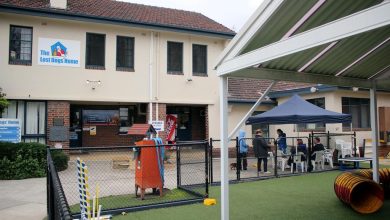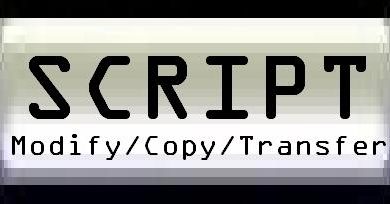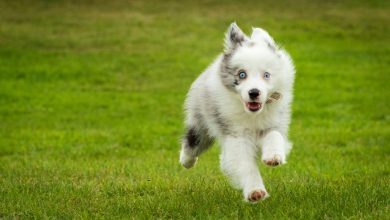How to reward your dog effectively during training sessions
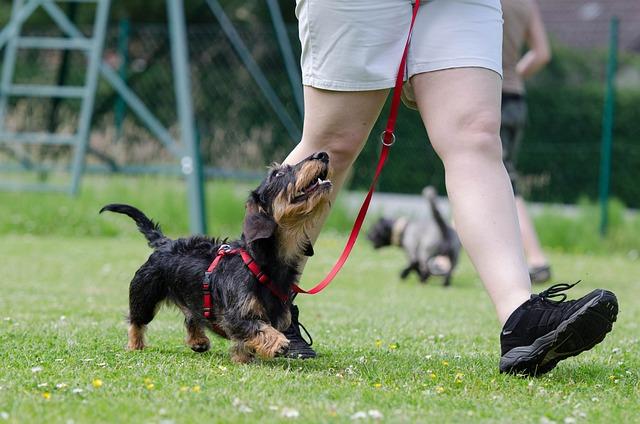
In the world of wagging tails and eager eyes, training your dog is both an art and a science. Every command mastered and trick learned is a testament to the bond between human and canine, a dance of mutual understanding and respect. Yet, at the heart of this intricate choreography lies the secret to success: effective rewards. How do you transform a simple treat into a powerful tool of encouragement? How do you ensure that praise resonates and motivates? In this article, we delve into the nuanced world of rewarding your dog, exploring strategies that go beyond the ordinary to foster a training experience that is both enriching and enjoyable for you and your four-legged friend. Whether you’re a seasoned trainer or a first-time dog owner, join us on this journey to discover how to make every reward count.
Understanding Canine Motivation
At the heart of effective dog training lies the ability to tap into what truly drives your furry friend. Dogs, much like humans, are motivated by a variety of factors, and understanding these can transform your training sessions from mundane routines into exciting learning experiences. While some dogs may leap for joy at the sight of a treat, others may respond more enthusiastically to a favorite toy or a bit of affectionate praise. The key is to identify what your dog finds most rewarding and use it strategically to reinforce desired behaviors.
- Food Rewards: These are often the most straightforward and universally appreciated. Opt for high-value treats that your dog doesn’t usually get, making them extra special during training.
- Toy Play: For dogs that thrive on play, using a beloved toy as a reward can be incredibly effective. This method not only serves as a motivator but also helps burn off excess energy.
- Verbal Praise: Never underestimate the power of your voice. A well-timed “Good job!” or “Well done!” can do wonders, especially when combined with a gentle pat or scratch behind the ears.
- Physical Affection: Some dogs are all about the cuddles. A quick belly rub or a warm hug can serve as a powerful reward for a job well done.
By tailoring your rewards to suit your dog’s unique preferences, you not only foster a stronger bond but also create a positive and productive learning environment. Remember, the goal is to make training sessions something your dog eagerly anticipates, so keep experimenting until you find the perfect motivator.
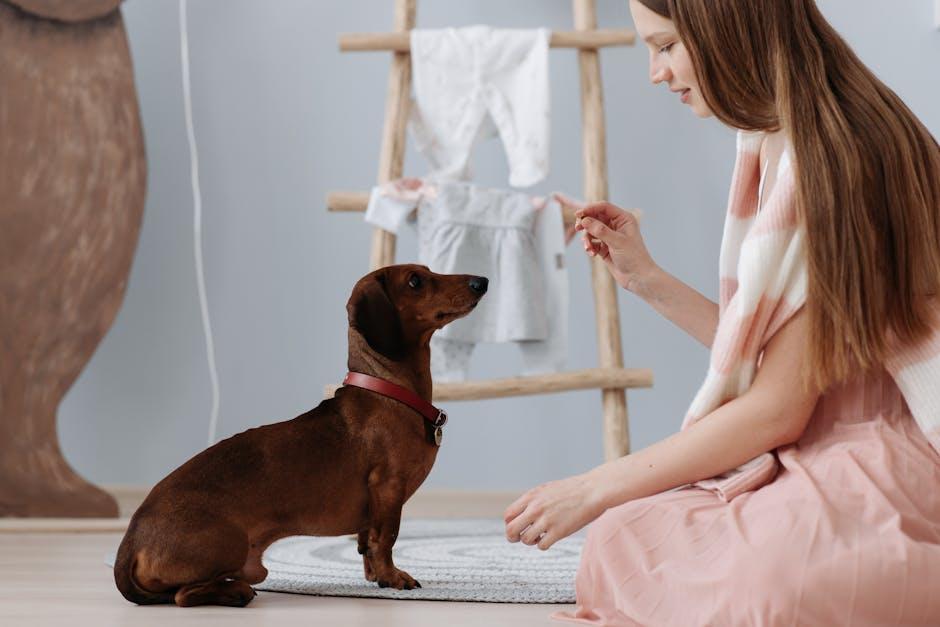
Selecting the Perfect Treats
When it comes to choosing the ideal goodies for your furry friend, it’s all about finding that balance between taste, nutrition, and motivation. Every dog is unique, and their preferences can vary, so it’s important to observe what makes their tails wag the most. High-value treats—those irresistible morsels that your dog simply can’t resist—are perfect for more challenging tasks or when you want to reinforce a particularly difficult command. Think small pieces of chicken, cheese, or commercial treats designed specifically for training.
- Size Matters: Opt for small, bite-sized treats that your dog can quickly gobble up without getting distracted. The goal is to keep the momentum going during training.
- Healthy Choices: Consider treats that are low in calories and free from artificial additives. This keeps your pup healthy while ensuring they stay eager to learn.
- Variety is Key: Keep a selection of different treats on hand to maintain your dog’s interest and enthusiasm. Rotating between flavors and textures can make training sessions more exciting.
Remember, the key is to use treats as a way to build a positive association with training, transforming each session into a rewarding experience for your dog. Adjust your choices based on your dog’s dietary needs and preferences, ensuring every reward strengthens your bond and enhances their learning journey.

Timing and Consistency in Rewards
To ensure your furry friend grasps commands effectively, it’s crucial to understand the importance of timing and consistency when offering rewards. Timing is everything; a reward should be given immediately after the desired behavior is performed. This helps your dog associate the action with the reward, reinforcing the behavior you want to encourage. Delayed rewards can lead to confusion and may inadvertently reinforce the wrong behavior.
Consistency in rewarding is equally essential. Use the same rewards for similar behaviors to help your dog understand what is expected. Consider incorporating a variety of rewards to keep your dog engaged, such as:
- Treats: Opt for small, tasty treats that your dog loves.
- Verbal Praise: A cheerful “good job!” or “well done!” can work wonders.
- Physical Affection: A gentle pat or scratch behind the ears can be very rewarding.
- Playtime: Incorporating a quick play session can serve as a delightful incentive.
By maintaining a consistent reward strategy, your dog will learn to anticipate and replicate the positive behaviors you desire, leading to a more effective and enjoyable training experience for both of you.
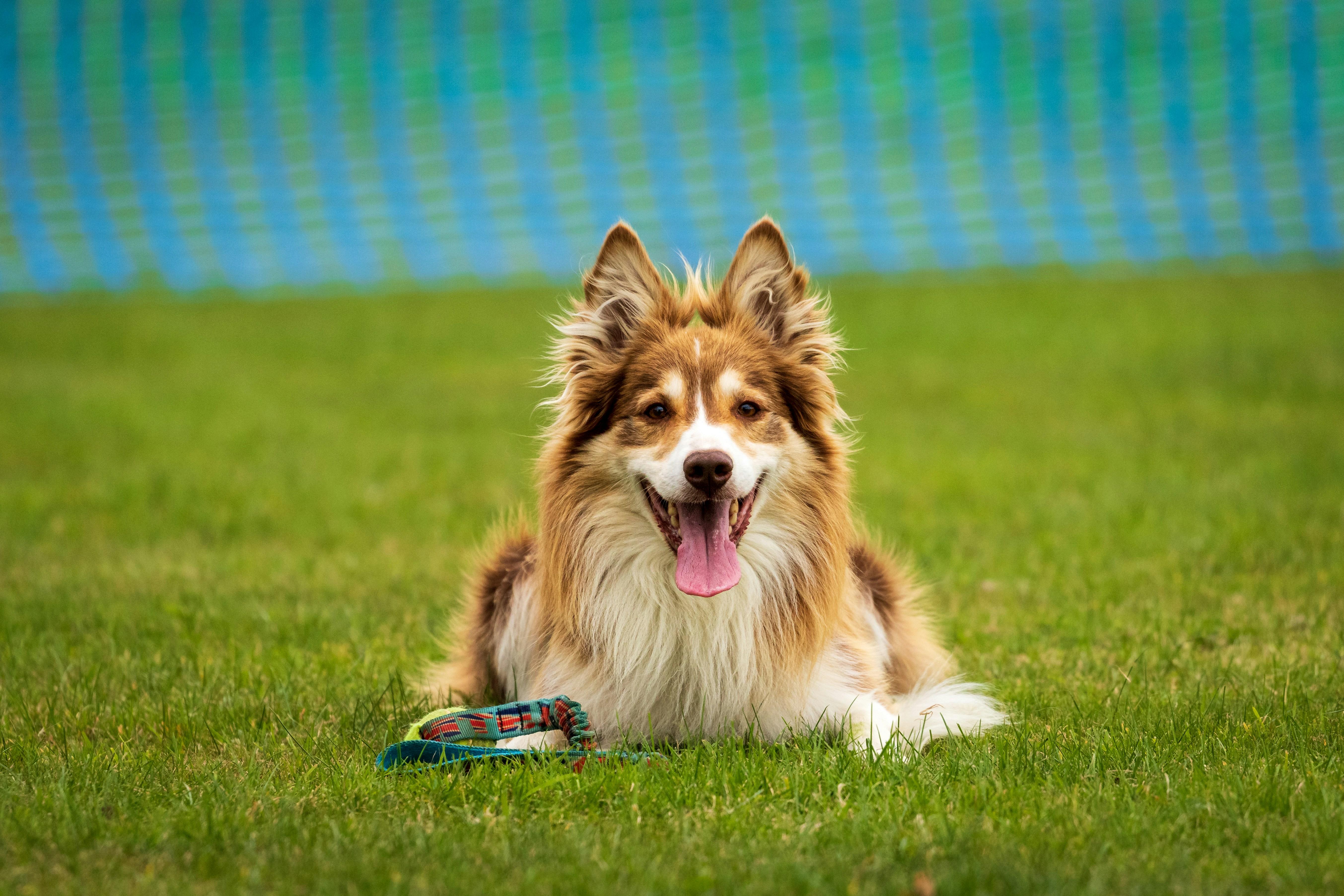
Incorporating Play and Praise
Engaging your dog in playful activities during training sessions not only makes the process enjoyable but also reinforces positive behavior. Dogs are naturally curious and energetic, and incorporating elements of play can harness this energy constructively. Consider using toys or games that your dog already loves as a part of the training reward system. This can include a quick game of fetch, a tug-of-war session, or even a simple game of hide and seek with their favorite toy. By associating training with fun, you help your dog remain enthusiastic and focused.
Praise is an equally powerful tool when it comes to rewarding your dog. Dogs thrive on attention and positive reinforcement from their humans. Offering verbal praise like “good job” or “well done,” combined with affectionate gestures such as a gentle pat or a scratch behind the ears, can significantly boost your dog’s morale. Make sure to use a happy and enthusiastic tone to convey your approval. Here are a few creative ways to integrate play and praise into your training routine:
- Interactive Toys: Use toys that dispense treats when played with, offering both mental stimulation and a tasty reward.
- Agility Challenges: Set up a mini obstacle course and reward your dog with praise and treats as they complete each section.
- Praise Party: After a successful command, shower your dog with praise and initiate a quick play session.
